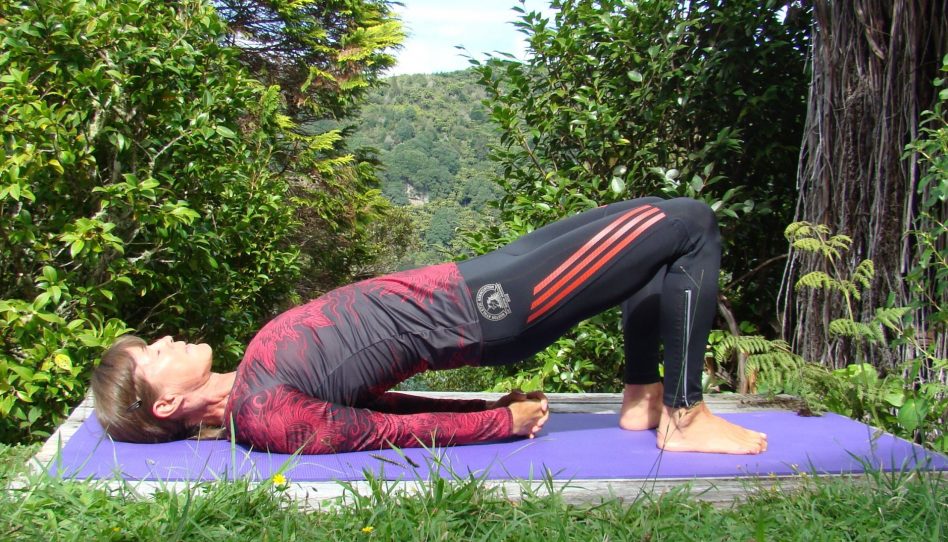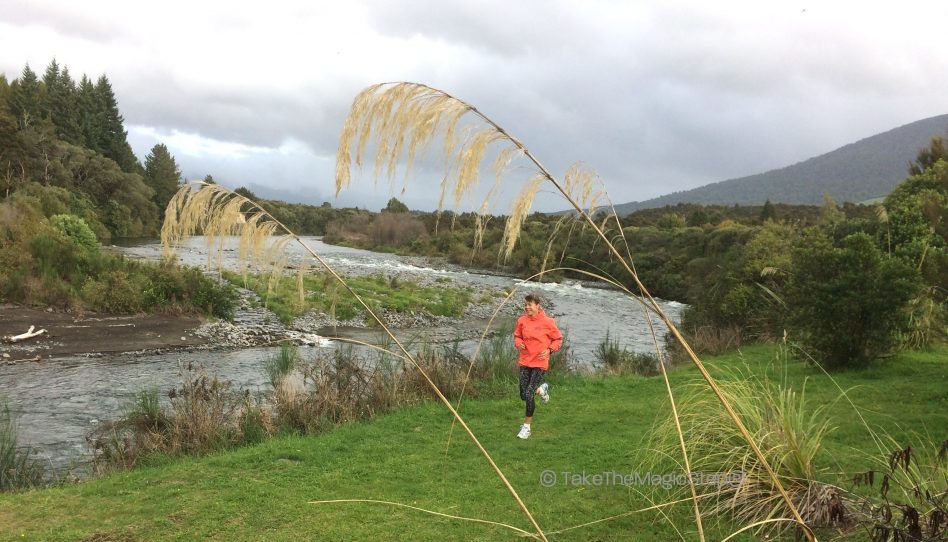Run Your First 5K
Dear Friends,
Running is an amazing sport with a wide range of benefits for your fitness and health. It is a great cardiovascular workout, it can support weight control, and it can help improve your muscle tone as well as strengthen your bone structure. Running even can contribute to healthier-looking skin.
When you start a running program, set a realistic goal. One example would be to plan on running a 5K in six weeks.
And if you set your sights on preparing for a 5K, I would recommend a training plan like the one below, designed for those of you who haven’t run much recently or have never run before. Please check with your primary care physician before starting your training program.
A Combination of Walking and Running

Try a slightly brisker pace than what comes naturally on days marked with red. Otherwise stay with a slower pace that keeps your breathing under control.
Be careful not to overdo your workout by running too fast or choosing too long of a distance because that can be demotivating. Overtraining can also result in an injury. Just focus on achieving your program goals step by step and enjoy your success each day.
If you are feeling really strong and you enjoy doing more, you can add a 15- to 20-minute easy walk/run combination on the fourth day during Weeks 3 through 5. However, keep Week 6 in place as shown, so you are fully recovered for your first 5K.
Please make sure to have at least one rest day between each workout day. You will find a further explanation of this rule beneath the table.
| Day 1 | Day 2 | Day 3 | |
Week 1 | 15 mins | 15–20 mins | off |
Week 2 | 15 mins | 10–15 mins | 20–25 mins |
Week 3 | 15 mins | 15 mins | 30–35 mins |
Week 4 | 20–25 mins* | 15–20 mins | 35–40 mins |
Week 5 | 20–25 mins* | 15–20 mins | 40–45 mins |
Week 6 | 10–15 mins | 15–20 mins | 5K |
*If you still are tired from your previous week’s long walk/run, please reduce this time by ten minutes.
The objective is to work out two to three times a week at the beginning by alternating walking and jogging during each of your workouts. The eventual goal is to be able to walk/run 40 to 45 minutes or—in case you feel stronger—to run without stopping for the same amount of time by the end of Week 5.
During the first two weeks, begin by jogging slowly for one to two minutes, and then walk for one to two minutes. Keep alternating these short jogging and walking segments each training day for the total time shown in the schedule. Follow this with a longer workout of up to 25 minutes—alternating walking and jogging for your third session of Week 2. This workout is best two full days after your second workout.
Extend Your Running Intervals
In Weeks 3, 4, and 5, you can add one additional workout of running and walking. Now you have three to four sessions a week with longer periods of running. Your jogging-walking intervals could go up to three minutes each. Then move up to four minutes of jogging and two minutes of brisk walking.
Once you are comfortable doing this routine, you can escalate your workout structure to include six to eight minutes of jogging and two to three minutes of brisk walking. You will see how you are building up your endurance to the point you will be able to run 40 to 45 minutes and be well prepared for your first 5K.
Most importantly, enjoy your training! Embrace your feeling of better health and energy. And good luck for your race!
Yours,

Reading Suggestions:
Updated January 19, 2017
Updated December 17, 2015
- Posted October 7, 2015
© Copyright 2013-2025 by Uta Pippig. All Rights Reserved.
More Insights

Uta’s Favorite Exercises to Improve Your Fitness and Running Technique
Uta Pippig has designed an at-home fitness program which only uses your own body weight, steps, and a Theraband. They are eight exercises that Uta often does herself.
Uta’s Yoga and Stabilization Guide for a Better Running Technique
Runners, especially, can benefit from a well-balanced yoga and stabilization program. Uta suggests effective combinations of poses and exercises that have helped her gain the flexibility and balance that can lead to a better running technique for everyone.
How a Clever Mental Focus Can Get You Through Running Injuries
Running injuries can be devastating, but learning to focus mentally can speed up the healing process. Uta explains how the forced break from running can actually provide future benefits.